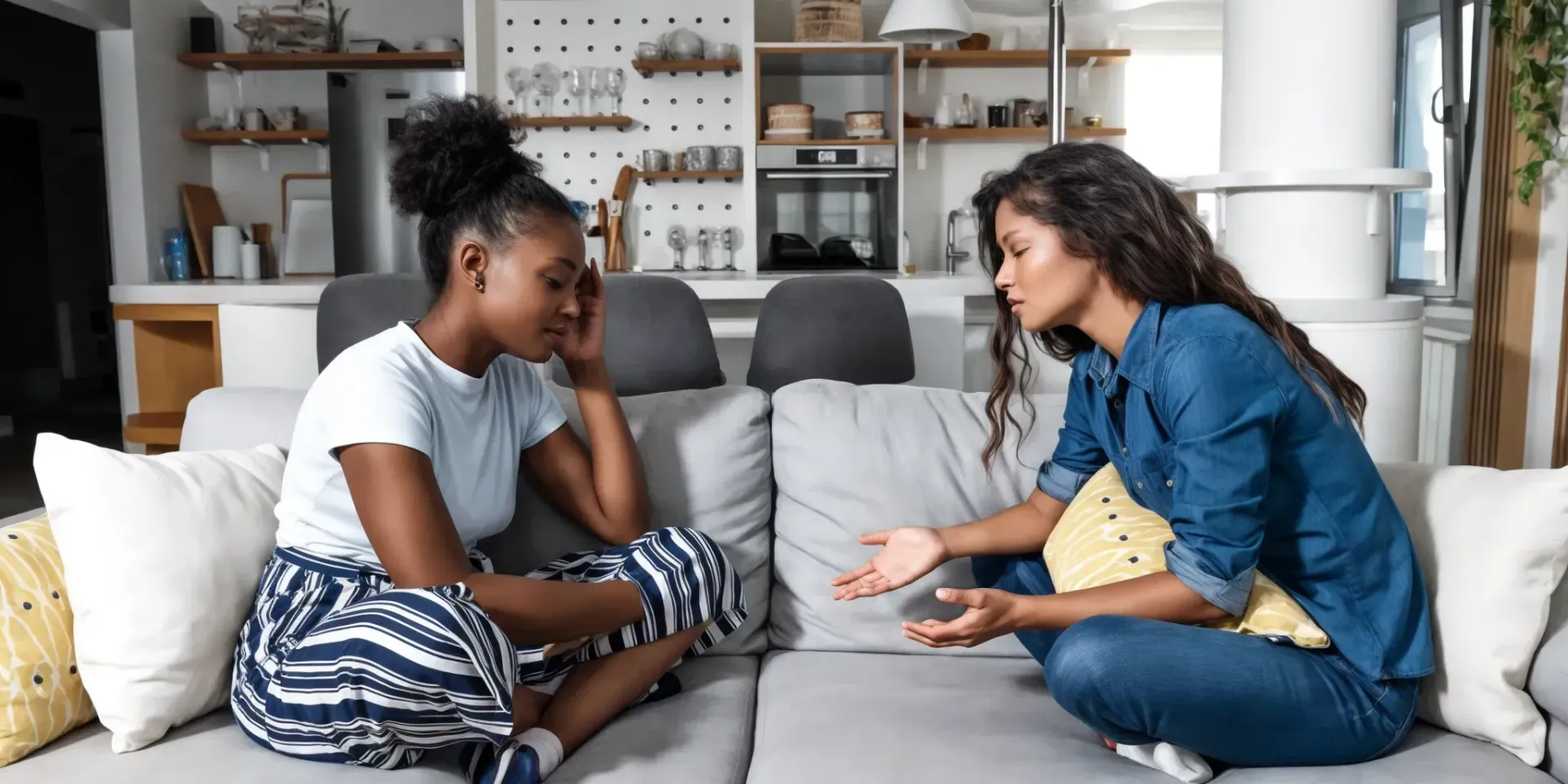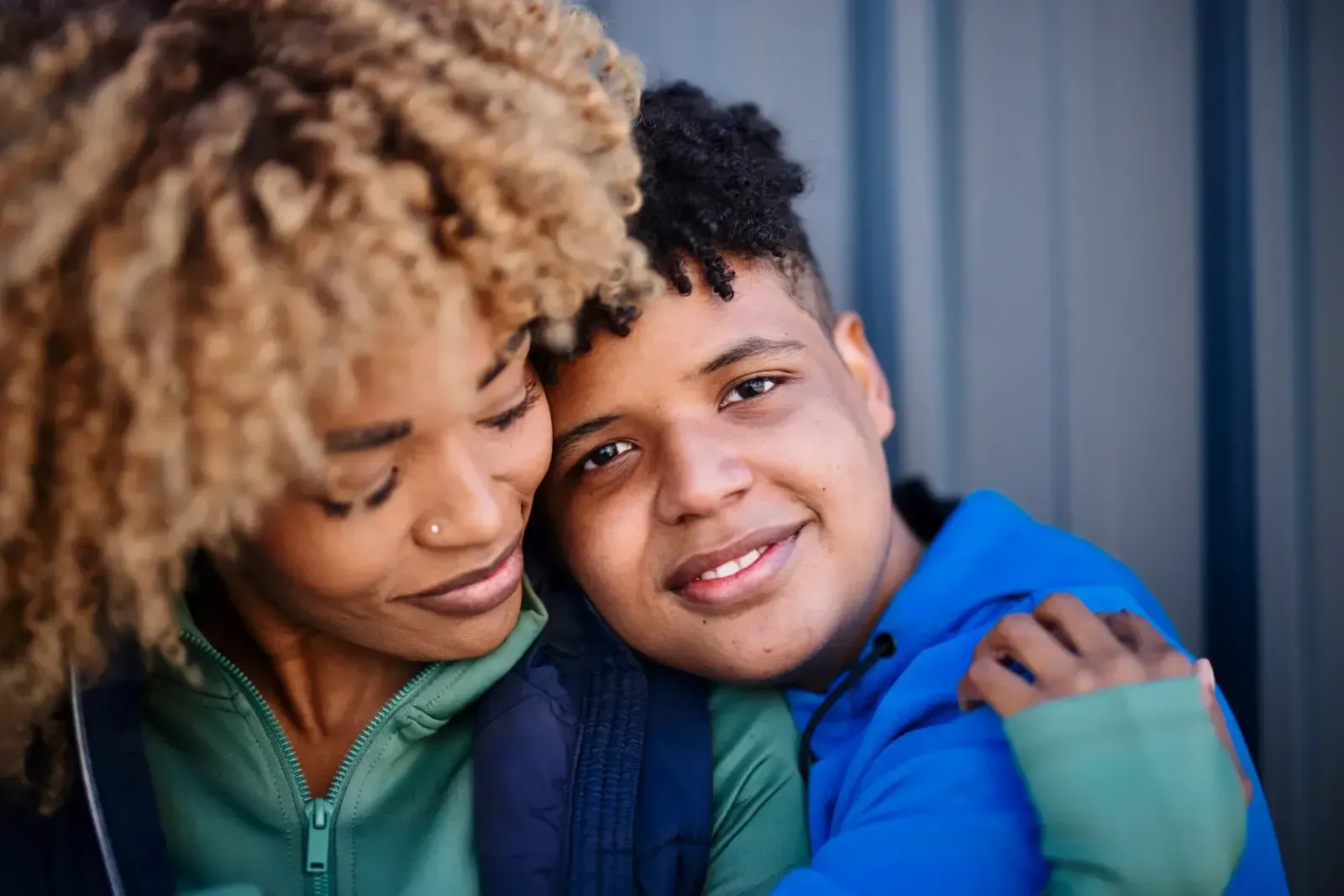Explore Our Blog
Anger & Domestic Violence – Part 19: How Friends and Family Can Support Someone in a Violent Relationship
Advance Minds Blog
A safe space to explore subjects within the community such as mental health, substance abuse and personal identity.
Our safe space also provides the opportunity for real individuals to express their hardships and success through writing.
When someone you care about is in an abusive relationship, it’s natural to feel helpless, scared, or unsure of what to do.

Support can make a real difference—sometimes it’s the quiet, consistent presence of a trusted friend or family member that helps someone find the courage to break free.
👁️ Recognise the Signs
Abuse isn’t always visible. You may notice:
🔹 Constant checking in with their partner
🔹 Sudden changes in mood, appearance, or confidence
🔹 Isolation from friends or family
🔹 Excuses for injuries or frequent cancellations
🔹 Signs of fear when their partner is mentioned
You don’t need proof to offer support—concern is enough.
🗣️ Start the Conversation with Care
Bringing up abuse is difficult. Do it gently and without judgment.
🔹 “I’ve noticed you seem a bit withdrawn lately—are you okay?”
🔹 “You don’t seem as happy as you used to. I’m here if you want to talk.”
🔹 Avoid blaming their partner directly—focus on your concern for their wellbeing
Let them know they’re not alone, and that you’ll listen no matter what.
🚫 Avoid Pressure or Ultimatums
Leaving an abusive relationship is incredibly complex. It often takes time.
🔹 Don’t say “You need to leave” or “I would never let that happen”
🔹 Avoid speaking badly about their partner—it can shut the door on future talks
🔹 Instead, remind them they have choices and you’ll support them regardless
The goal is to empower—not take control.
🛟 Offer Practical Support
Survivors often feel trapped by fear, finances, or isolation.
🔹 Offer a safe space to stay or store belongings
🔹 Help research shelters, support services, or legal aid
🔹 Be willing to make safety plans or go with them to appointments
Small actions can help build a path to freedom.
🤍 Be Patient and Consistent
Even when it’s hard to watch, stay connected.
🔹 Keep in touch with simple messages: “Thinking of you,” or “Here if you need anything”
🔹 Celebrate any steps they take toward safety
🔹 Don’t withdraw your support if they return to the relationship—this is common and part of the process
Your consistency may be their lifeline.
📚 Educate Yourself
Understanding domestic violence helps you be a stronger support.
🔹 Learn about trauma bonding, the cycle of abuse, and the barriers to leaving
🔹 Avoid common myths (like “they must like it if they stay”)
🔹 Familiarise yourself with local resources or hotlines
Support is more powerful when it’s informed.
🌿 Final Thoughts 💞🌈
You can’t rescue someone—but you can walk beside them until they’re ready to take the next step.
Support isn’t about fixing; it’s about showing up, again and again, with compassion and belief.
Let them know: You are not alone. You are not to blame.
You deserve safety and love.
Sometimes, knowing someone truly sees them is the first light in a very dark tunnel.

















